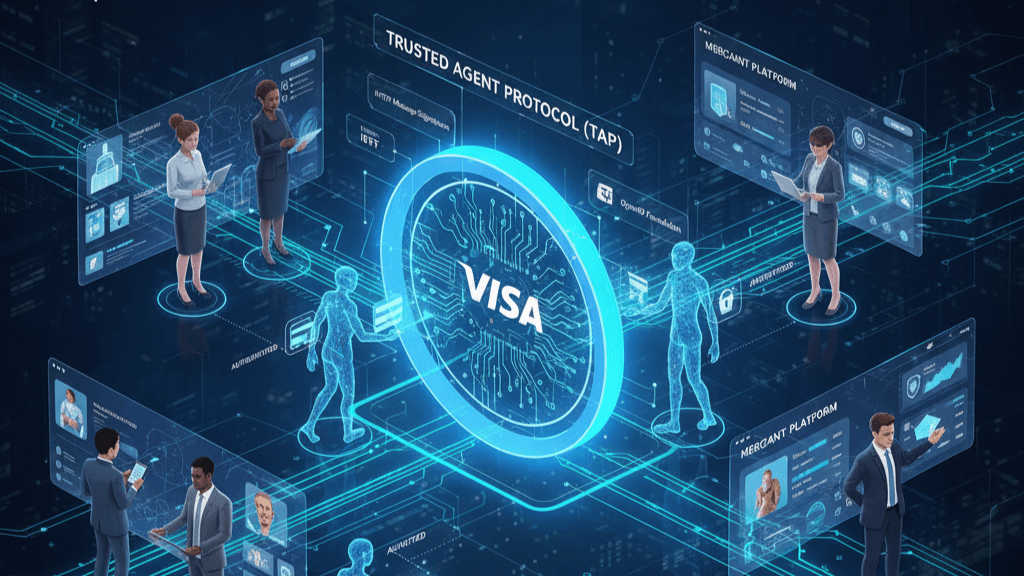The 2020 coronavirus pandemic has hit businesses hard and continues to do so. Many store owners have had to shut their businesses down for long stretches of time, and others have had to close their doors completely.
As many businesses have found out – sometimes the hard way , the pandemic has demonstrated that new approaches were necessary, so companies manage to not just survive, but thrive.
This is especially true when it comes to business digitalization.Building on our experience working several retailers in SouthEast Asia and the Middle East over the last 9 months, we identified 4 major directions Retailers have taken during their accelerated Digital Transformation.
1. Modernize Merchandising
Throughout the pandemic, among all practical challenges retailers had to address, work from home (WFH) for Head Office Teams became problematic. From getting access to data to the execution of decision-making processes, the absence of digital and out-of-office accessible tools made the work extremely difficult.
During the same time, most teams faced – and still are – a strong increase in their workloads, having to find solutions to a growing list of challenges from sourcing available supply to quickly setting up home deliveries and online services.
By digitalizing their Merchandising Activities (i.e., using web-based tools that crunch ERP Data and use predictive analytics engine to suggest what action need to be taken, item by item), like TRF Retail), retailers almost instantly improved the efficiency of their teams.
Teams could have access to data and suggestions, workflows were enabling to not only smoothen the relationships between Head-Office and Operations Teams, but also management to follow up and coach, while the quality of decisions improved thanks to the support of tactical data and quantification.
Time and distance are no longer an issue for teams. In fact, as the saying goes, necessity has been once again the mother of innovation and change. And the changes implemented during the heat of the crisis are now anchored into the working organization, continuously delivering gains and improved Customer Experience.
Click here for more detailed information on digitalization acceleration since the pandemic.
2. Rationalize Range & Assortment
In theory, any merchant is supposed to constantly work on improving its commercial offer, navigating the Customers / Competition / Technology trends’ triangle. In that view, there is nothing new in rationalizing range and assortment.
And in practice as well, through many retailers are fully aware of the importance of range and assortment, plans and schedules often remained plans and schedule. Everyone got busy with some other priorities.
Since a few months, the drastic changes of Customers Behaviors and the scarcity of supply have been sharing a new light on Ranges and Assortment. Less frequent shopping trips from Customers and decreased variety in their basket accelerated the need for cash and profitability.
Many retailers realized that embarking on a range and assortment rationalization project without expertise and digital tools was close to Mission Impossible.
These who decided to take the bull by the horns not only delivered better results, but also established new working routines to ensure that changes established during the hard time could sustain. Click here to explore what methodology you can apply to make it in your own stores.
3. Re-visit Promo Activities
In a genuine and candid conversation, a CEO shared with us “One major reason why our profitability grew by almost 2 points is simply because we drastically reduced our Promotion activities.” Knowing the importance of Promo in the retail business model, we asked the same questions to almost all the CEO we are working with. And the big majority shared the same facts.
Let’s do some simple calculation: if the supplier promotion support is smaller to the gross margin gain, from a profitability perspective, why so much effort for promotions?
If we now integrate the traffic and spending variable in the equation, the question is then to measure how much traffic and spending have been potentially lost due to the absence – or strong decrease – in published promotion activities.
At the same time, since customer behaviors have – across a majority of markets – reduce their spending to focus on what is essential and increase their savings – it is also fair to say that even if traditional published promotions were back to their previous level, the business benefits would be much smaller.
In other words, it might be time to reduce the time spent for negotiating for fees for published promotion activities – whose largest share will end up financing operations that won’t deliver the expected results – and start investing more in personalized targeted promotions (PTP).
PTPs, which focus on Carded Customers, not only have the benefits of strengthening loyalty, are 100% measurable. Which means they can be improved and sharpened over time.
4. Strengthen Loyal Customers Engagement
PTP is an efficient way to strengthen Customers Loyalty. And with time, it might quickly reveal itself as necessary and still insufficient. There is a lot of other Data Driven actions CRM and Marketing teams can undertake to strengthen loyalty.
On the information level, it is not difficult to inform specific segments of Customers about new services or products that concern them.
On the communication level, it is not very difficult to engage a specific Customer in an online survey.
In the same line as reducing Mass Promotion, the concept here is to leverage data to engage concerned customers in a discussion that matters to them. It is to tell them about you, and it also be for them to tell you about them.
Don’t worry, HPTC can help you with all of that with our Digital Transformation tools, all the while saving time and money.
HPT Consulting is the leading Digital Transformation platform for Retailers in South East Asia.. We help Category Managers Retail Analysts, Sales Manager, and Senior Managers organize, structure, enrich their data, and automate their business processes to take better decisions and actions for their consumers and shoppers.
We are in Myanmar, Philippines and Malaysia.







